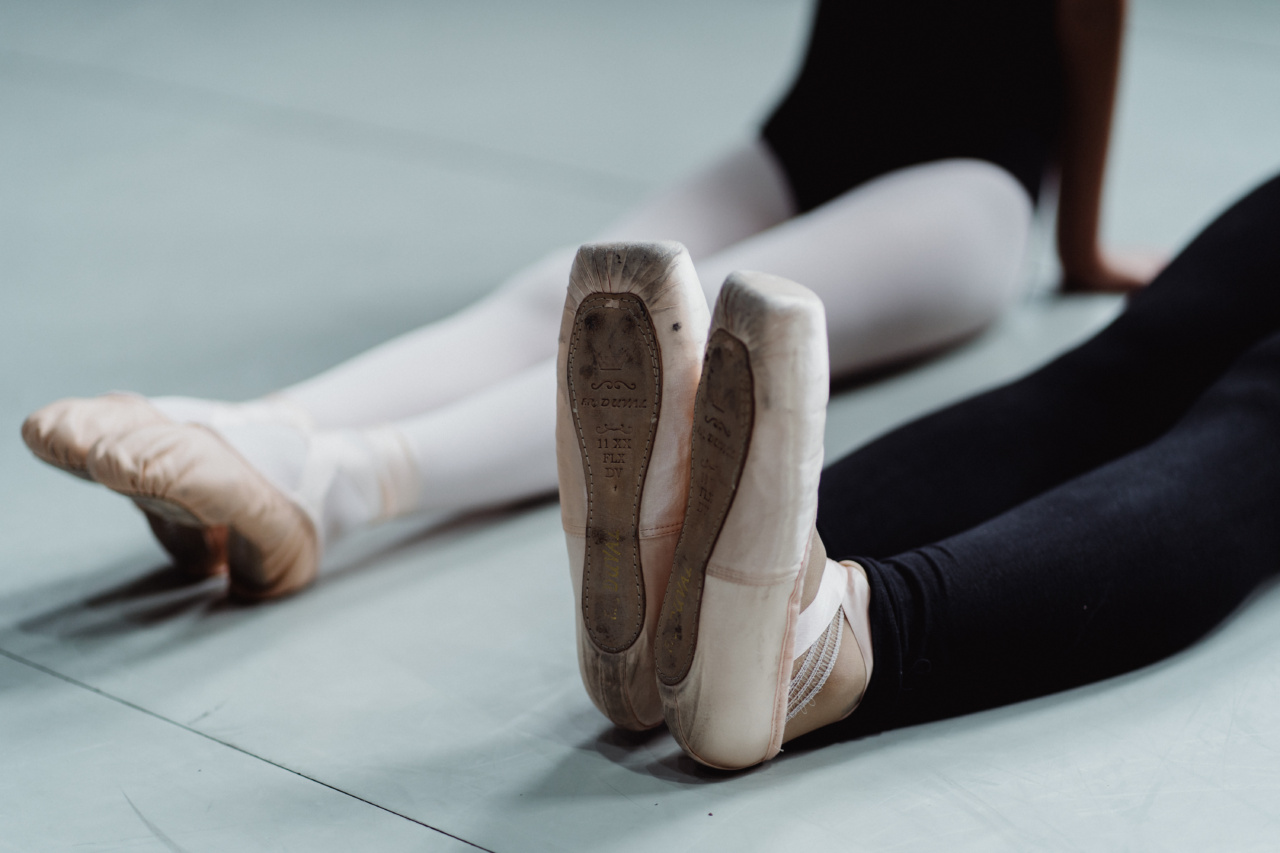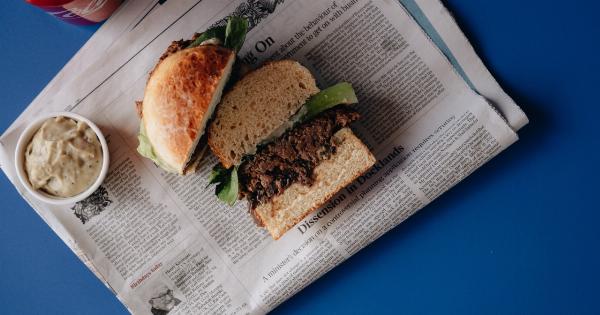Ballet is a demanding art form that requires immense physical strength and endurance. Ballerinas spend countless hours in the studio, perfecting their technique and pushing their bodies to the limit.
Along with rigorous training, a proper diet is essential to ensure that ballerinas have the energy and nutrients they need to perform at their best. In this article, we will explore the ballet diet and provide a comprehensive guide to nourishing the body for ballerinas.
The Importance of a Balanced Diet
A balanced diet is crucial for any dancer, and ballet is no exception. Ballerinas require a wide range of nutrients to support their physical activity and maintain overall health.
A well-balanced diet provides the necessary fuel for intense rehearsals and performances, aids in muscle recovery, and promotes strong bones and joints. It also helps ballerinas maintain their ideal weight and physique, which is often under scrutiny in the dance industry.
Macronutrients: Fueling the Body
Macronutrients, including carbohydrates, proteins, and fats, are the primary sources of energy for a ballerina’s body. Carbohydrates are especially important as they provide quick energy and fuel the muscles during physical activity.
Complex carbohydrates like whole grains, fruits, and vegetables should make up a significant portion of a ballerina’s diet.
Proteins are essential for muscle growth, repair, and maintenance. Ballerinas should aim to consume lean sources of protein such as chicken, fish, legumes, and tofu.
Fats, although often demonized, are important for hormone production and joint lubrication. Healthy fats like avocados, nuts, and olive oil should be incorporated into a ballerina’s diet in moderation.
The Importance of Hydration
Staying properly hydrated is crucial for ballerinas. Dehydration can hinder performance, lead to muscle cramps, and negatively affect overall health.
Ballerinas should aim to drink at least 8 cups of water per day, and even more during intense training sessions. It’s also important to replace electrolytes lost through sweat by consuming electrolyte-rich fluids or adding electrolyte supplements to water.
The Role of Micronutrients
In addition to macronutrients, ballerinas must also pay attention to their intake of micronutrients. These include vitamins and minerals, which play crucial roles in overall health and performance.
Calcium is especially important for dancers as it promotes strong bones and helps prevent injuries. Dairy products, leafy greens, and fortified plant-based milk are excellent sources of calcium.
Vitamin D is also essential for bone health and can be obtained through limited sun exposure or fortified foods. Iron is crucial for oxygen transport and preventing fatigue.
Iron-rich foods like lean meats, spinach, and beans should be included in a ballerina’s diet. Other important micronutrients for dancers include magnesium, zinc, and vitamin B12.
Ballerina-Specific Diet Considerations
While a balanced diet is universal, there are certain considerations that pertain specifically to ballerinas. Due to the long hours of physical activity, ballerinas often require higher calorie intake compared to sedentary individuals.
It’s important for ballerinas to listen to their bodies and fuel accordingly to avoid fatigue and inadequate energy levels.
Another consideration is the ideal weight for ballet dancers. Many ballet companies have specific weight requirements, which can put pressure on ballerinas to maintain a certain body size.
It’s important for dancers to focus on achieving and maintaining a healthy weight rather than striving for an unrealistic or unhealthy body shape.
The Role of Supplements
While a well-balanced diet should provide all the necessary nutrients, some ballerinas may choose to supplement their diet with vitamins or minerals.
However, it’s important to consult with a healthcare professional before starting any new supplements, as excessive intake can have negative effects.
Meal Timing and Pre-Performance Nutrition
A ballerina’s diet should also take into account meal timing, especially before performances or intense training sessions. Optimal pre-performance nutrition should include a balance of carbohydrates, proteins, and fats to provide sustained energy.
It’s important to eat a meal or snack 1-3 hours before the performance to ensure proper digestion and fuel availability.
Snacking Tips for Ballerinas
Snacking can be an important part of a ballerina’s diet, providing energy and preventing excessive hunger. However, it’s crucial to choose healthy snacks that are nutrient-dense rather than high in empty calories.
Some ideal snack options for ballerinas include fruit with nut butter, Greek yogurt with granola, or a handful of nuts and seeds.
Conclusion
A well-balanced diet is paramount to a ballerina’s success. By fueling their bodies with the right nutrients, ballerinas can maximize their performance, prevent injuries, and support overall health.
The ballet diet should focus on macronutrients, hydration, and an adequate intake of micronutrients. It’s important for ballerinas to listen to their bodies, maintain a healthy weight, and consult with professionals when considering supplements. With a nourished body and mind, ballerinas can continue to gracefully dance their way to success.




























